 Record date not stated. Arctic America : eastern sheet , Arctic regions, Maps, Canada, Northern, Maps, Greenland, Maps Norman B. Leventhal Map Center Collection
Record date not stated. Arctic America : eastern sheet , Arctic regions, Maps, Canada, Northern, Maps, Greenland, Maps Norman B. Leventhal Map Center CollectionCopyright: xpiemagsx digcompie09122022-14431
From ArcticToday y Elías Thorsson, Marybeth Sandell When President-elect Donald Trump once more floated the idea of purchasing Greenland, reactions ranged from ridicule to intrigue.
Critics dismissed the notion as another eccentric Trump proposal. However, history reveals that the United States’ interest in Greenland is far from new—it’s a strategy that dates back more than a century.
From territorial ambitions in the 19th century to Cold War military priorities, Greenland has repeatedly caught the attention of American policymakers.
 Greenland in the GeoGarage platform (DGA nautical raster chart)
Greenland in the GeoGarage platform (DGA nautical raster chart)
But while the U.S. has eyed Greenland as a strategic asset, the political and legal dynamics surrounding the island have evolved significantly over time.
Today, Greenland has self-rule and the right to declare independence from Denmark, fundamentally altering the terms of such discussions.
Arctic Today has compiled a timeline of key developments in the history of U.S. interest in acquiring Greenland.
U.S. President-elect Donald Trump is far from the first American official to cast a wanton eye on Greenland.
Brandon Bell/Pool via Reuters/File Photo
A Timeline of Greenland’s Ownership and U.S. Interest
1823: Monroe Doctrine
The Monroe Doctrine established U.S. opposition to European colonial expansion in the Americas. While it did not directly mention Greenland, the doctrine laid the groundwork for American territorial ambitions in the region.
The first official Danish map of Greenland where all sections of the coastline of Northeastern Greenland are charted.
(Royal Danish Library)
1868: Early Negotiations
William H. Seward, then U.S. Secretary of State, pursued the acquisition of both Greenland and Iceland.
Reports suggested that negotiations with Denmark for a $5.5 million purchase were nearly complete. However, no formal offer materialized.
1871-1872: Polaris Expedition
During the Polaris Expedition, American explorer Robert Peary claimed much of northern Greenland for the United States.
Although these claims were unofficial, they underscored the strategic interest in the Arctic region.
1910: Renewed Proposals
U.S. Ambassador to Denmark Maurice Francis Egan discussed acquiring Greenland in 1910.
While the idea gained traction in Washington, it did not progress to formal negotiations.
Francis Egan in 1923, wearing the Danish Medal of Merit
(United States Library of Congress)
1917: A Trade with Denmark
In a notable exception to the Monroe Doctrine, the U.S. recognized Denmark’s ownership of Greenland in exchange for acquiring the Danish West Indies (now the U.S. Virgin Islands).
This agreement was intended to bolster American control over the Caribbean and protect the Panama Canal.
1941: World War II Occupation
When Germany invaded Denmark, the U.S. landed armed forces in Greenland to secure the territory. Denmark, under occupation, agreed to the arrangement, and Greenland became a key American military asset during the war.
The USCG cutter Northland operating off Greenland during World War II.
(U.S. Coast Guard)
1946: The $100 Million Offer
In the post-war period, U.S. interest in Greenland intensified. President Harry Truman offered Denmark $100 million (equivalent to $1 billion today) in gold bullion for the island. Senator Owen Brewster called the purchase a “military necessity” for Arctic defense.
Official portrait of Harry S. Truman as president of the United States.
(Harry S. Truman Library)
1953: Thule Air Base
As part of Operation Blue Jay, the U.S. constructed Thule Air Base in northern Greenland. The base became a vital hub during the Cold War, employing thousands of Greenlanders and hosting nearly 10,000 American personnel.
 General view of Thule Air Base, Greenland, Denmark October 31, 2018.
General view of Thule Air Base, Greenland, Denmark October 31, 2018. Picture taken October 31, 2018.
Ritzau Scanpix/Linda Kastrup via REUTERS
1979: Greenland Gains Home Rule
Greenlanders voted overwhelmingly in favor of home rule, leading to the establishment of a local parliament. This marked a turning point in Greenland’s autonomy, granting control over areas like education, health, fisheries, and the environment.
1985: Departure from the European Community
Greenland withdrew from the European Economic Community (EEC), reflecting its unique economic and political needs.
The move further solidified Greenland’s distinct identity within the Kingdom of Denmark.
2009: Self-Governance Act
The Self-Governance Act recognized Greenlanders as a distinct people with the right to self-determination under international law. The agreement laid out a pathway to full independence, contingent on Greenland’s economic viability—particularly revenues from mineral extraction.
Denmark’s Queen Margrethe hands over the law of Self government to the chairman of the Greenland Parliament, Josef Motzfeldt at a ceremony at the Greenland parliament, the Landstinget, in Nuuk June 21, 2009.
REUTERS/Keld Navntoft/Scanpix
2019: Trump’s first Proposal
Inspired by discussions with advisor Ron Lauder, President Trump reportedly considered offering Denmark a trade involving Puerto Rico for Greenland. The proposal, discussed in the White House Situation Room, highlighted Greenland’s strategic importance and the enduring allure of its untapped resources.
2024: A Push for Independence
In February 2024, Greenland formally declared independence as its ultimate goal. While Denmark continues to provide significant subsidies, Greenland’s vast mineral wealth—including rare earth elements—offers the potential for economic self-sufficiency.
Greenland’s Prime Minister Mute Bourup Egede speaks at a press conference during the opening of the European Commission’s new office in Nuuk, Greenland, March 15, 2024.
Ritzau Scanpix/Leiff Josefsen via REUTERS/File Photo
2025: Trump’s Renewed Interest
In late 2024, President-elect Trump reignited the discussion about purchasing Greenland.
The idea reportedly originated from conversations between Trump and his pick for ambassador to Denmark, Ken Howery.
Trump framed the proposal as a strategic investment to bolster U.S. Arctic dominance and access Greenland’s untapped natural resources.
The renewed push, however, was met with skepticism from both Danish and Greenlandic leaders, who reiterated Greenland’s right to self-determination.
Links :
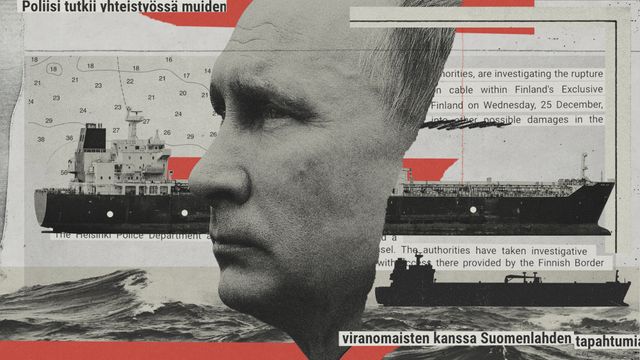
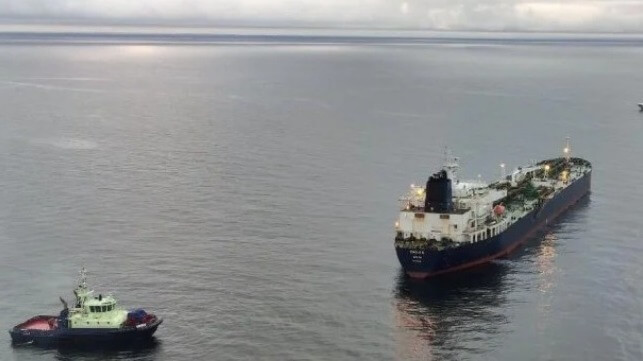
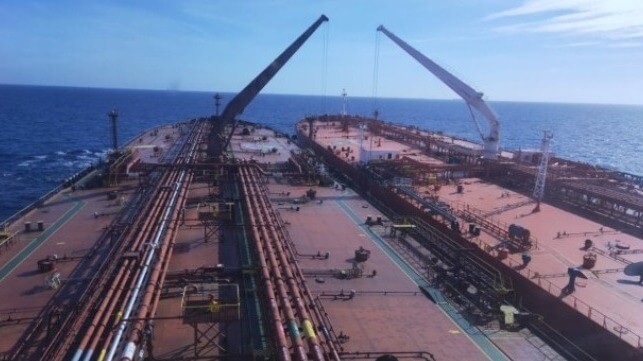
 Record date not stated. Arctic America : eastern sheet , Arctic regions, Maps, Canada, Northern, Maps, Greenland, Maps Norman B. Leventhal Map Center Collection
Record date not stated. Arctic America : eastern sheet , Arctic regions, Maps, Canada, Northern, Maps, Greenland, Maps Norman B. Leventhal Map Center Collection Greenland in the GeoGarage platform (DGA nautical raster chart)
Greenland in the GeoGarage platform (DGA nautical raster chart)




 General view of Thule Air Base, Greenland, Denmark October 31, 2018.
General view of Thule Air Base, Greenland, Denmark October 31, 2018. 

 NATO’s HEIST project is now investigating ways to protect member countries’ undersea Internet lines, including these 22 Atlantic cable paths, by quickly detecting cable damage and rerouting data to satellites.
NATO’s HEIST project is now investigating ways to protect member countries’ undersea Internet lines, including these 22 Atlantic cable paths, by quickly detecting cable damage and rerouting data to satellites.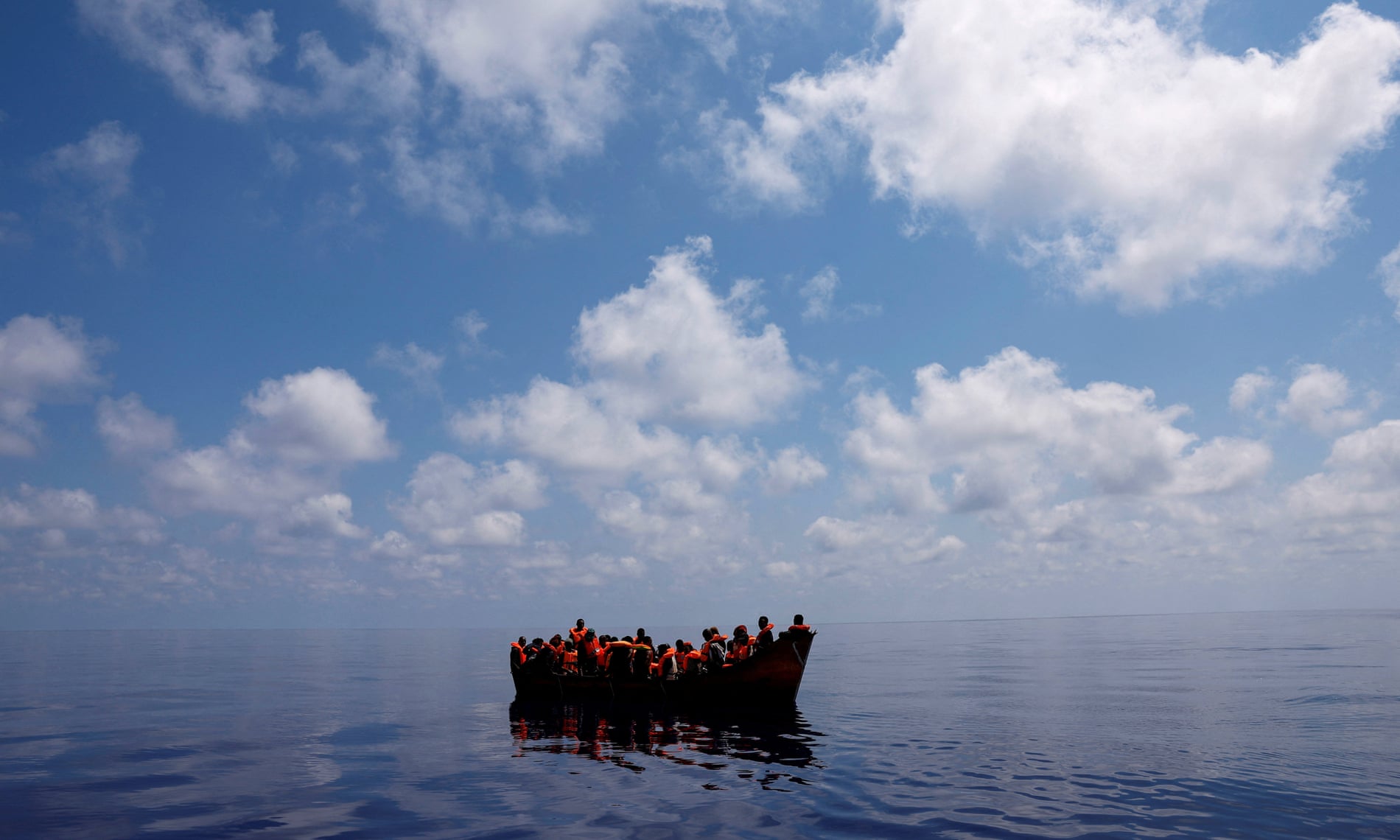

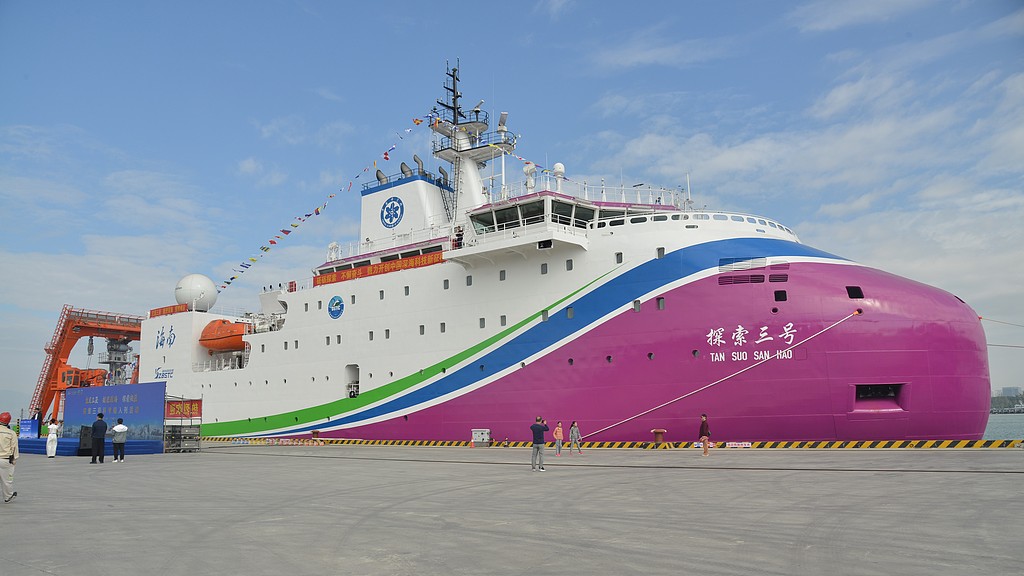
 China unveils monster explorer ship with 17,261-mile-range, ice breaking power
China unveils monster explorer ship with 17,261-mile-range, ice breaking power